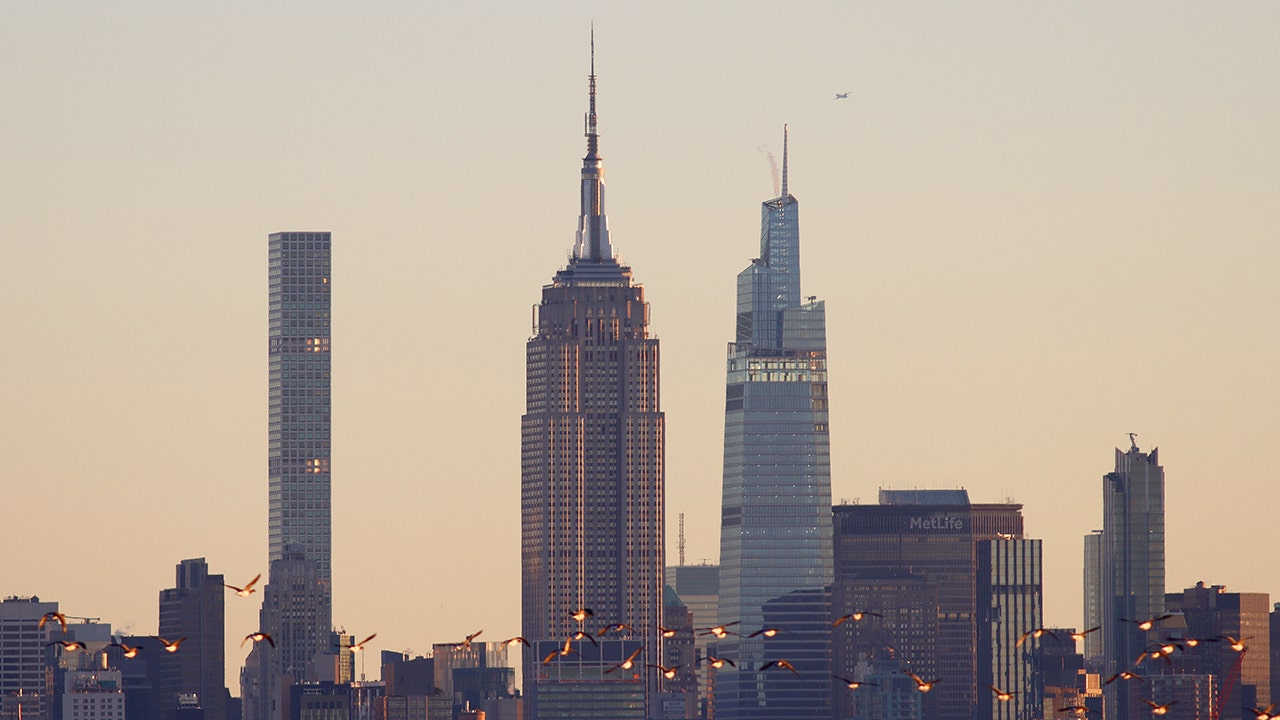Finance
San Francisco, New York face ‘urban doom loop’

The business districts in a number of America’s major cities like New York and San Francisco are facing an “urban doom loop” as the workforce shifts away from office work in the wake of the COVID-19 pandemic – a trend that has economists raising alarm about the fiscal impacts.
The growing popularity of remote work has decreased the number of workers heading to the office on a daily basis and made it easier than ever for workers to live in suburban and rural areas without needing to commute. That workforce migration poses challenges for businesses reliant on sales and traffic from bustling downtowns, and risks triggering a fiscal doom loop in which cities see tax revenue dwindle and respond by raising taxes or reducing services, further exacerbating conditions for the remaining residents and businesses.
TEXAS DEVELOPER SAYS AUSTIN’S HISTORIC SIXTH STREET IN ‘DEATH SPIRAL’
A National Bureau of Economic Research working paper entitled “Work From Home and the Office Real Estate Apocalypse” warns that major U.S. cities could be on the brink of slipping into such a downward fiscal spiral.
The economists who wrote the paper – Arpti Gupta of New York University’s Stern School of Business, and Columbia Business School’s Vrinda Mittal and Stijn Van Niuwerburgh – noted that office occupancy in major U.S. office markets plummeted from 95% in February 2020 to 10% at the end of March 2020 due to the pandemic. As the economy has reopened, occupancy hasn’t fully recovered and had only reached 47% of its pre-pandemic level in mid-September 2022.
AT&T, WESTFIELD MALL, NORDSTROM LEAD SAN FRANCISCO DOWNTOWN EXODUS
The slow bounce back of workers heading into the office has caused businesses to reassess their office leases, opting for shorter leases in 2020 and 2021 as the pandemic continued to cause economic dislocation.
Although the economists noted the trend is reversing back to companies signing longer leases for office space in 2022 as prior long-term leases and shorter, pandemic-era leases are renewed ahead of their expiration, the pandemic precipitated a 45% decline in New York City office values in 2020 and 39% over the long run due to shorter lease terms and cheaper rents being offered to retain or attract tenants.
AMERICA’S DOWNTOWN AREAS SLOWLY SPRINGING BACK TO LIFE, RESEARCH ON CELL PHONE ACTIVITY REVEALS

The economists found that the total decline in New York City’s commercial office value might be $518.7 billion in the short run and $453.6 billion in the long run.
Vacancies remain an ongoing problem in cities like New York, where the city’s budget analysts are projecting that the office vacancy rate – which hit a record of 22.7% this year after averaging about 11% for decades – will remain above 20% through 2026.
SAN FRANCISCO ‘DOOM LOOP’ THREATENS TO GUT DOWNTOWN ECONOMY AS EMPLOYEES WORK FROM HOME

San Francisco is facing a similar plight, as commercial real estate services firm CBRE found that the city’s offices have a vacancy rate of nearly 30%, an amount more than seven times its pre-pandemic level.
At one San Francisco high-rise office building located at 350 California Street, the vacancy rate is about 75% and as a result, its value has fallen from about $300 million in 2019 to about $60 million to $67.5 million today – a decline of about 80% in value.
Read the full article here


















